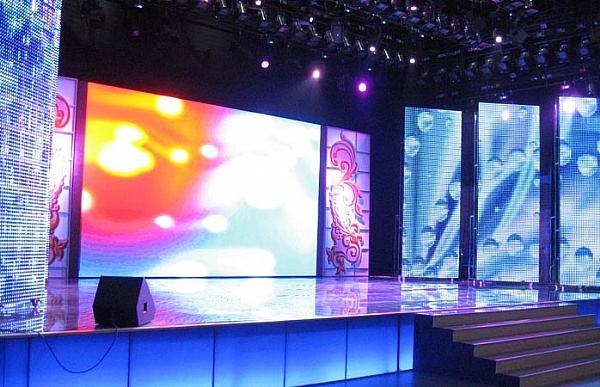industrial news
China Led chips used for indoor and outdoor led display screens
Keywords: HD p4 full color indoor led display p4 led screen panel led video wall on sale,P10 China Factory High Quality Full Color Indoor Rental LED Panel Video Wall
At present, the talent gap of Chinese chips is about 300,000. Yu Kang, vice chairman of China Semiconductor Industry Association, revealed at the 2019 World Semiconductor Conference. There is a shortage of chip talents, and college graduates in the field of integrated circuits are losing. In 2018, there were more than 8 million graduates of the national masters, including 200,000 graduates in the IC field. After graduation, only 30,000 of them were doing business, and more than 80% of them were changing. Although the chip is small, the responsibility is great. In the past few days, Huawei has been shut down and the Haisi chip has turned positive, which has once again triggered public concern about chips. The chip, which not only captures the lifeblood of some key areas in China, but also has an impact on China’s LED screen enterprises. What should LED screen enterprises do in this context?
01, LED display “chip” still depends on foreign countries
As we all know, the birth of the LED display directly changed the whole world. The appearance of the big screen made us feel the brilliant color, the large screen, the high-definition picture quality, and the performance of the LED display is closely related to the LED driver chip. The difference in the price of LED display depends on the core technology, materials and chips that the company has mastered. In the core material technology of LED video display, foreign countries still have a huge advantage. There is still a certain gap in China at this stage.
For a long period of time, “winning by quantity” is the “magic weapon” for most of China led screen manufacturer enterprises to survive and develop. However, the meager profit of “winning by volume” is not enough to support enterprises to carry out innovative R&D and reform production. This is also an important reason why LED display companies do not have enough power to tackle manufacturing equipment and core materials and simply rely on imports. Such a first-end containment is not conducive to a virtuous circle of industrial upgrading. Over time, China is still a big manufacturing country, but it cannot become a manufacturing power.

